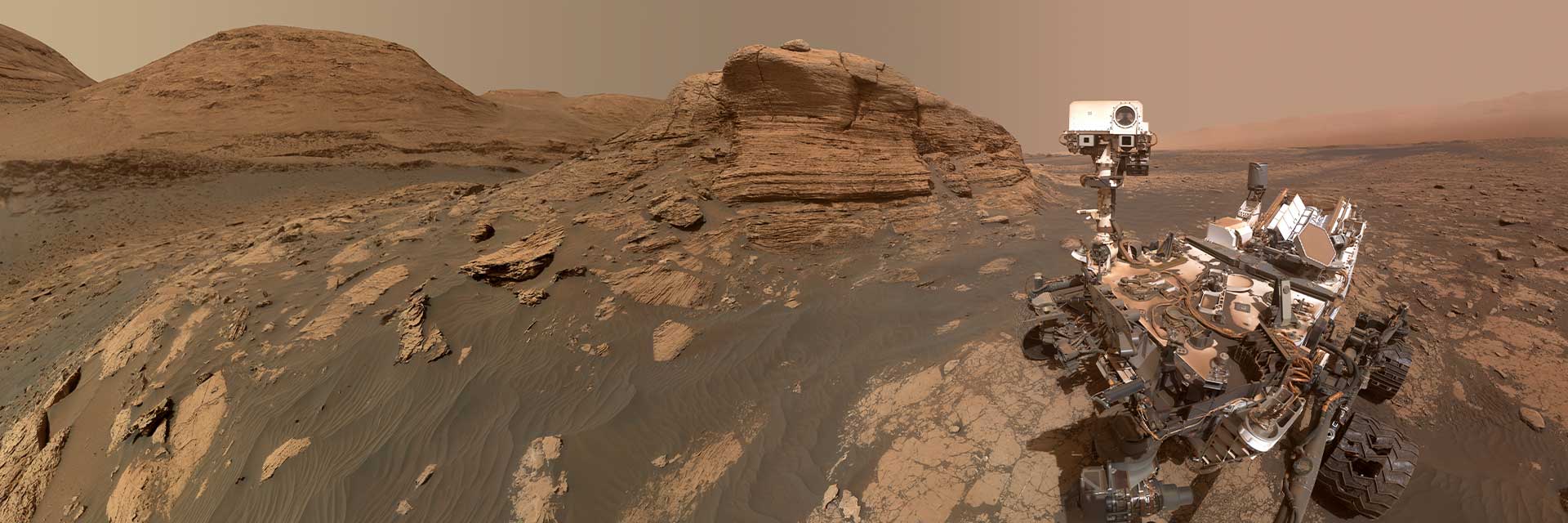Mars is rotating on its own axis so Mars often "turns its back" to Earth, taking the rover with it. The rover is turned out of the field of view of Earth and goes "dark," just like nighttime on Earth, when the sun goes out of the field of view of Earth at a certain location when the Earth turns its "back" to the sun. The orbiters can see Earth for about 2/3 of each orbit, or about 16 hours a day. They can send much more data direct-to-Earth than the rover, not only because they can see Earth longer, but also because they have a lot of power and bigger antennas than the rover.



